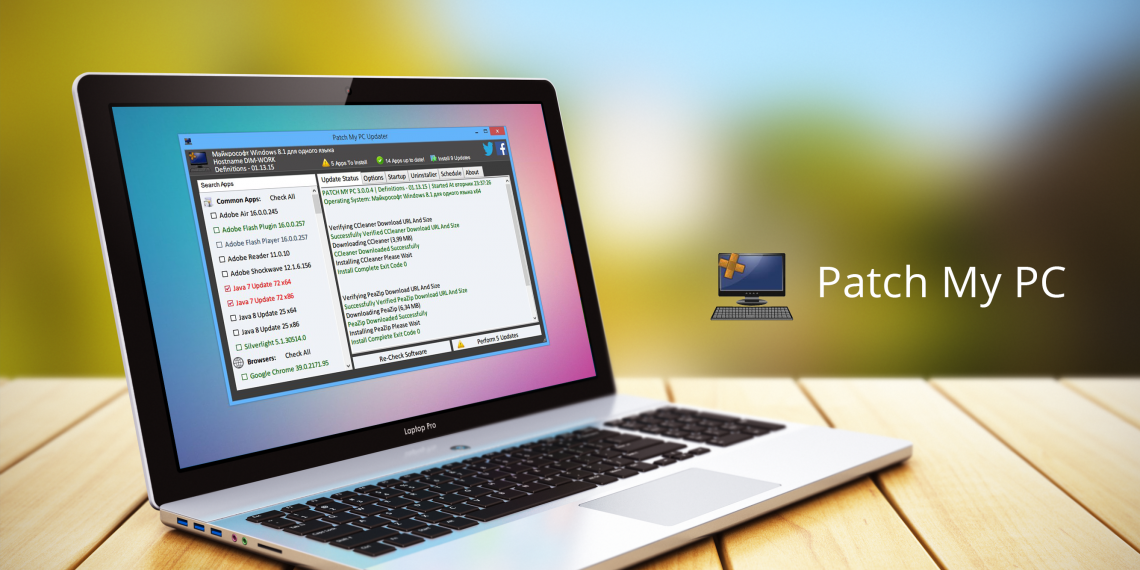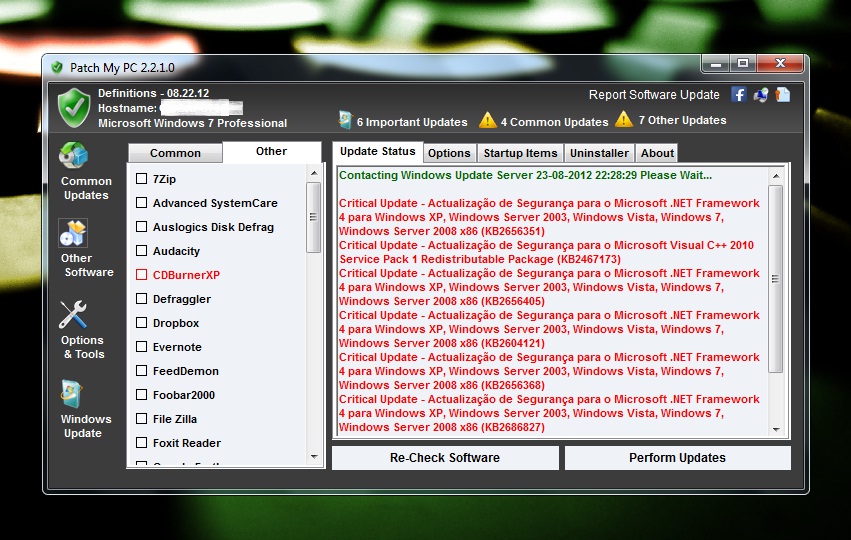
Microsoft, for example, at one time provided Windows feature updates twice per year, adding new capabilities to the Windows 10 operating system. Security patches address known security vulnerabilities, making the software more secure.įeature patches add new functionality to the software. These patches help the software run more smoothly and reduce the likelihood of a crash. Creating a patch management policy: Step-by-step guideīug fix patches correct problems in the software.

Use this 10-step patch management process to ensure success.This article is part of What is patch management? Lifecycle, benefits and best practices These categories include bug fixes, security updates and feature updates. A single patch can fall into more than one category, however.

Software patches generally fall into three distinct categories. Larger operating systems often provide a special program to help IT manage and track patch installations. The creator of the patch usually develops and distributes the patch as a replacement for, or an insertion in, compiled code - that is, in a binary file or object module. But the patch is not necessarily the best fix for the problem, and the product's developers will often incorporate a more complete fix when they package the software for its next release. IT or end users can often download a patch from the software maker's website. A patch is the immediate fix to those problems. Throughout its lifetime, software will run into problems called bugs.

A software patch or fix is a quick-repair job for a piece of programming designed to resolve functionality issues, improve security or add new features.


 0 kommentar(er)
0 kommentar(er)
